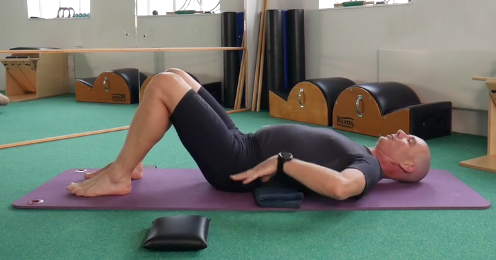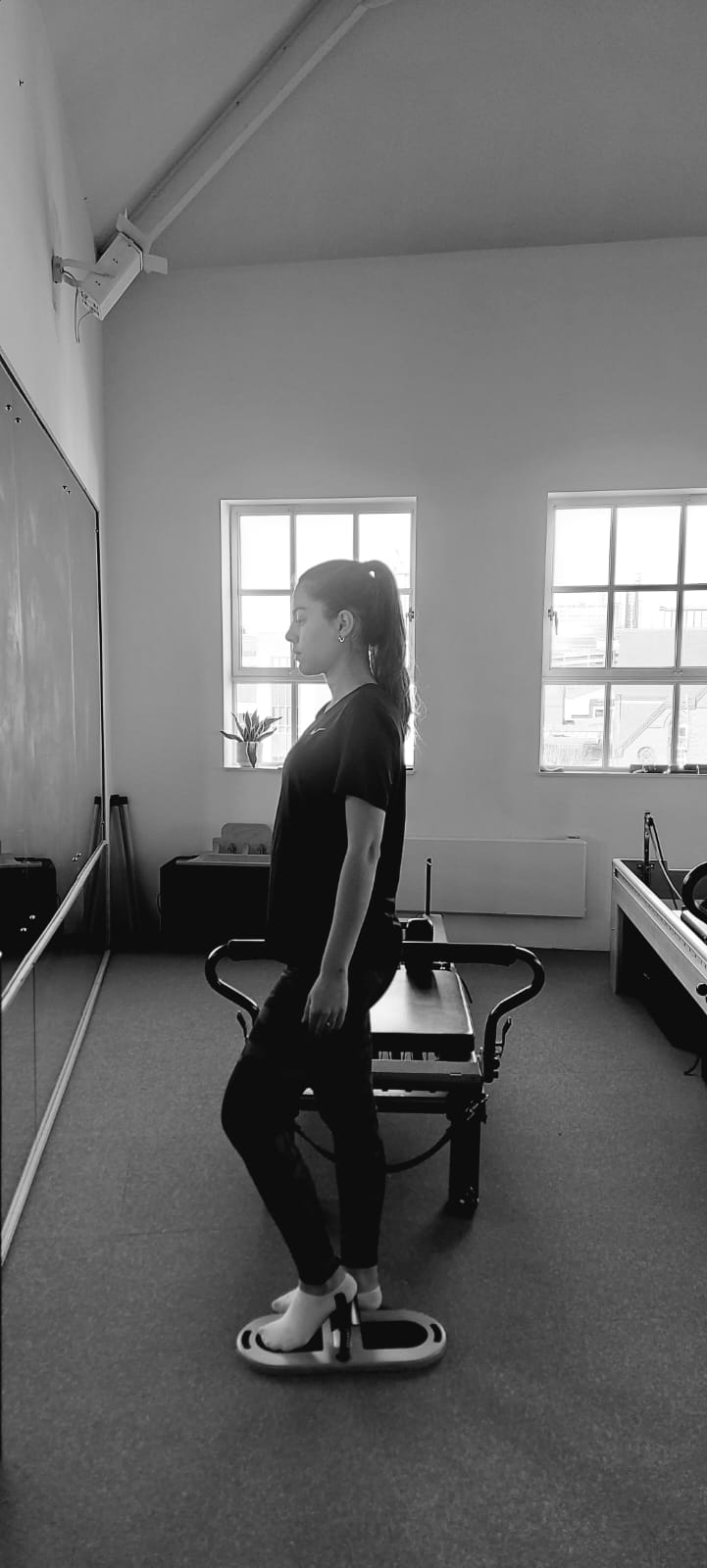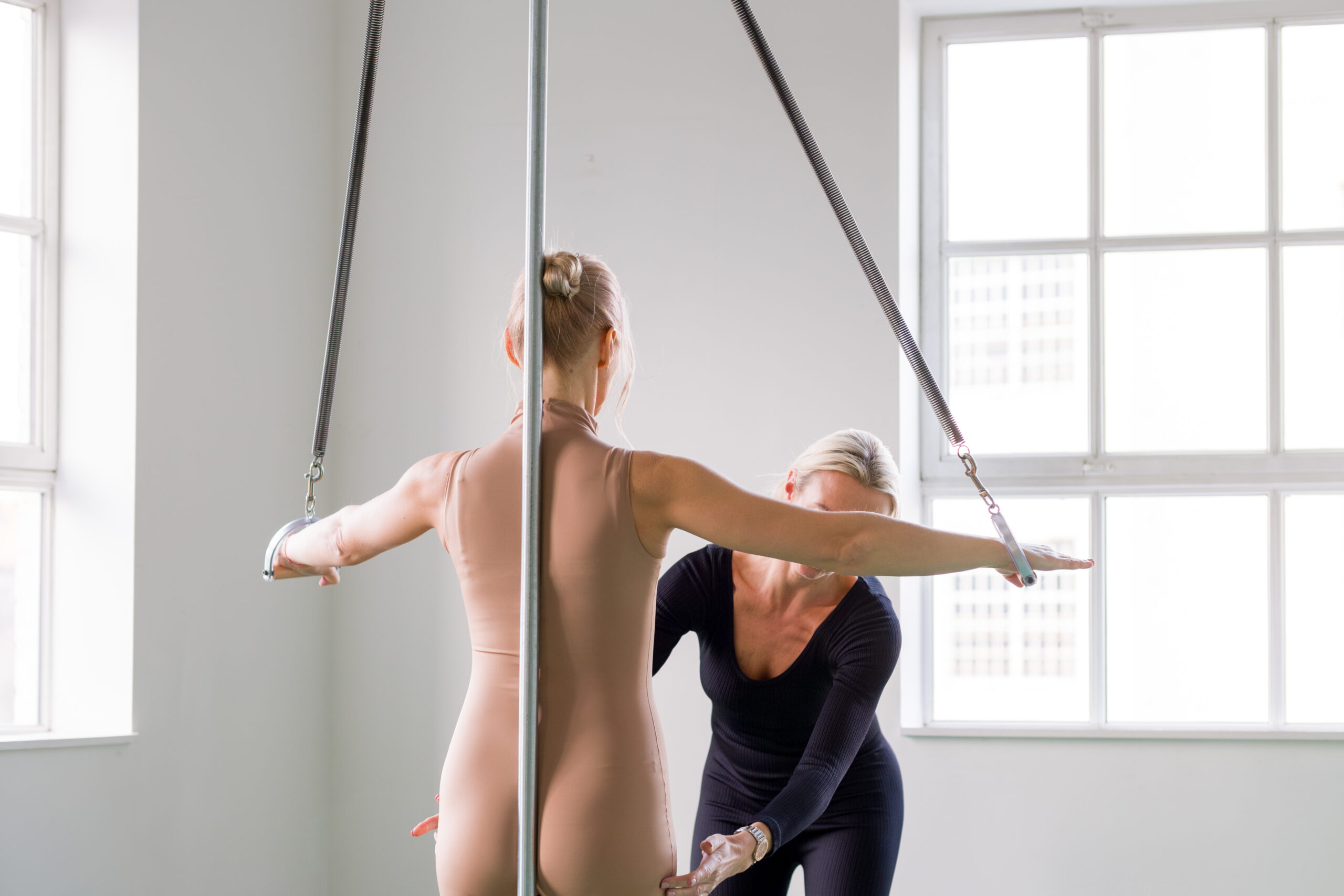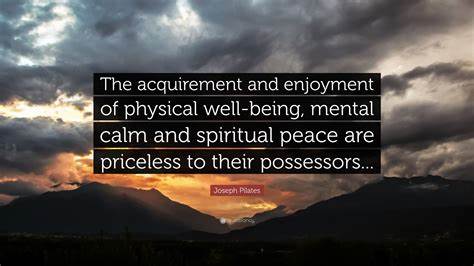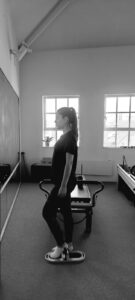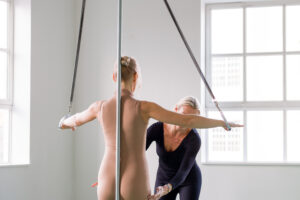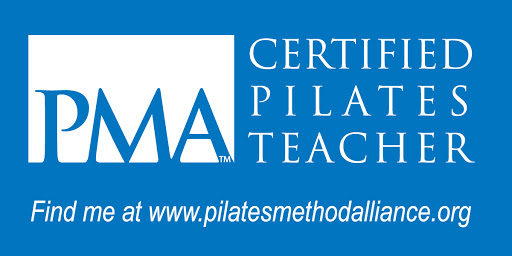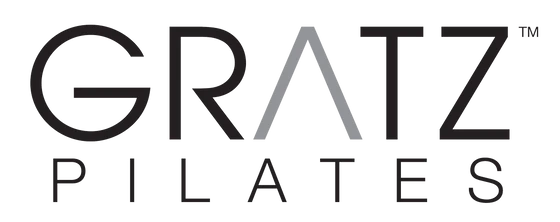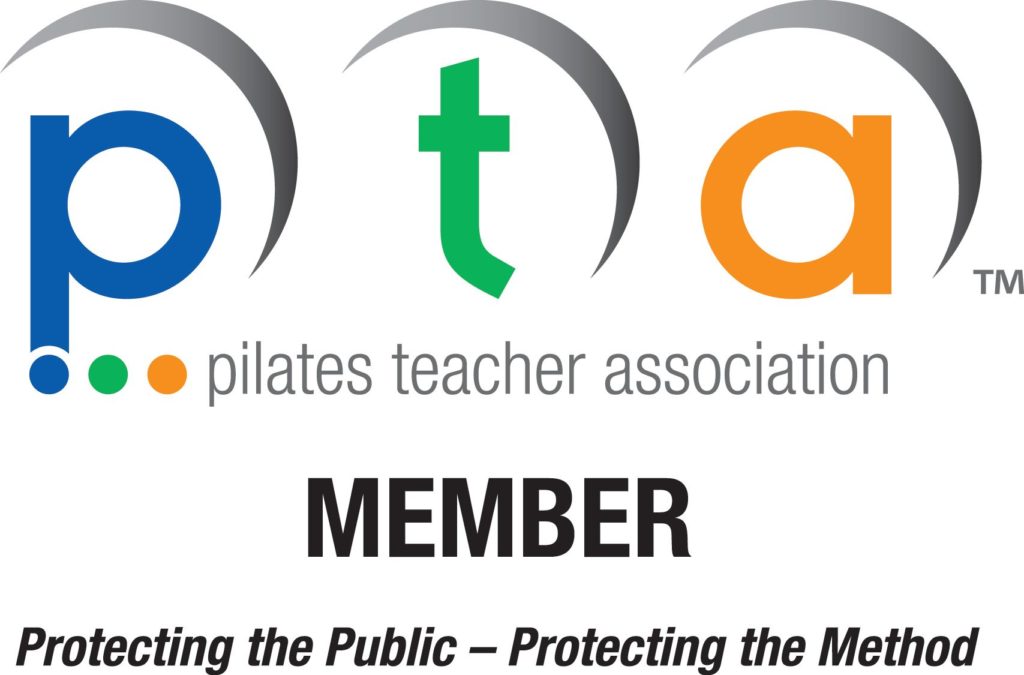Foundations: “Alignment” while exercising
Quick Intro: use a back support if you get tired
Understanding the natural shape of our spine can help us with our Pilates practice, but it is not always the best position for everyone in every exercise.
What’s it good for?
🌟 Exercises that involve lowering the legs from vertical towards the floor can cause pain or discomfort if you are not yet strong enough or don’t know how to control your lower back. One is example is The One Hundred (here).
🌟 Learning how to strengthen your abdominals and maintain a stable lower back during exercise is vital for safe and effective Pilates exercises.
🌟 Some injuries and conditions benefit from an “imprinted” spinal position (posteriorly tilted pelvis).
- Spondylolisthesis
- Spinal stenosis
- Spinal arthritis
- Facet joint syndrome
- Some sacroiliac joint dysfunctions
- Some disc injuries
🌟 Medical conditions that generally prefer a “supported neutral” position (natural / neutral pelvis) of the lumbar spine:
- some lumbar disc injuries and
- some sacroiliac joint dysfunctions.
A quick “how to” – Imprinted Spine
if you’re comfortable and able to bend forward from the lower back …
🌟 Have a look at Pelvic Rocking (here).
🌟 Engage the abdominals and tilt the pelvis backwards as far as possible without engaging any other muscles in the same way that we do for Pelvic Rocking.
🌟 You can also use the back of your legs (hamstrings) and your buttock (gluteals) to help bring your lower spine further towards the mat. when you perform exercises, keep your lower back in contact with the mat all the time.
🌟 This works well if you are comfortable bending your spine in a forwards direction.
A quick “how to” – Supported Spine
🌟 If you have an exaggerated lumbar curve (lordosis), a limited amount of lumbar flexion or an injury that means that you shouldn’t go into forward bendings positions (flexion) you can support your lower spine with a specially made bolster or a rolled up towel.
🌟 Whilst performing the exercise, you’ll need to press into this support.
🌟 If you have a tight back, it can also be useful to help you learn to use the abdominal muscles more effectivey because it is these muscles that help to to bend forwards from the lower back.
🌟 It can also help you to “feel where your back is” and to learn to how to stabilize it.
Hints & Tips:
🌟 If you do have questions about this, come to the studio, or get in touch 🙂
Any Questions?
Ask away – I love to help! Click here for the Contact Page 🙂 – or leave a comment at the bottom of the post – see you there…

